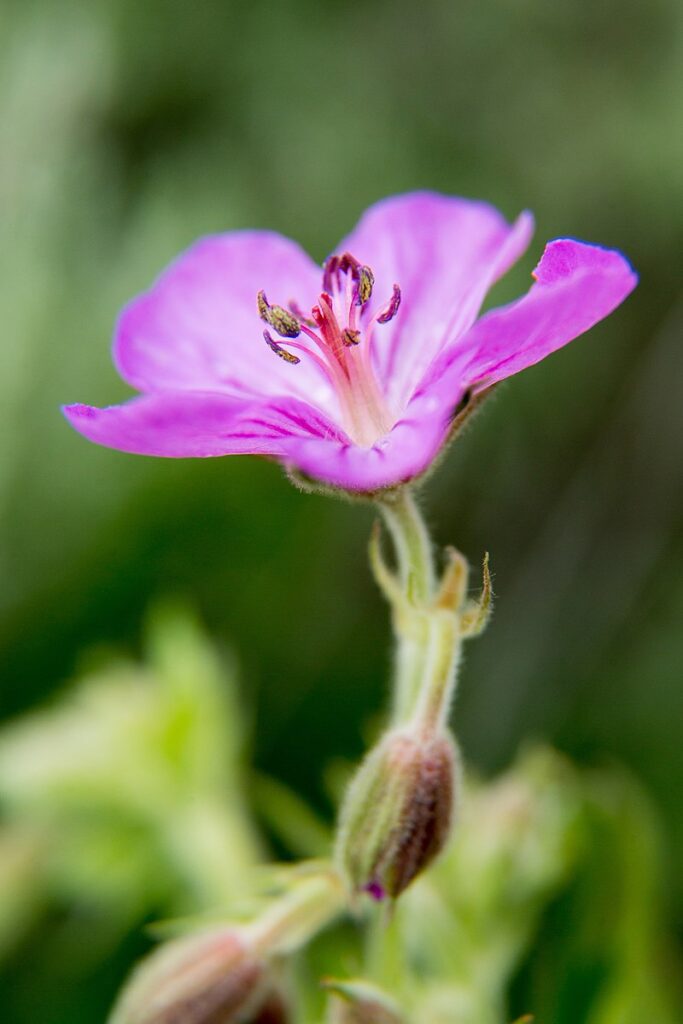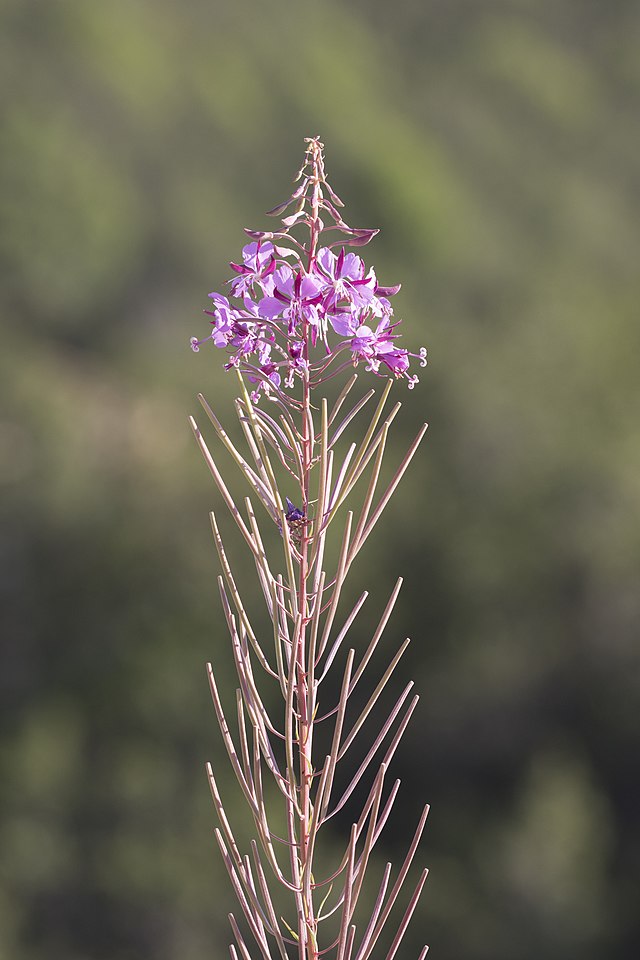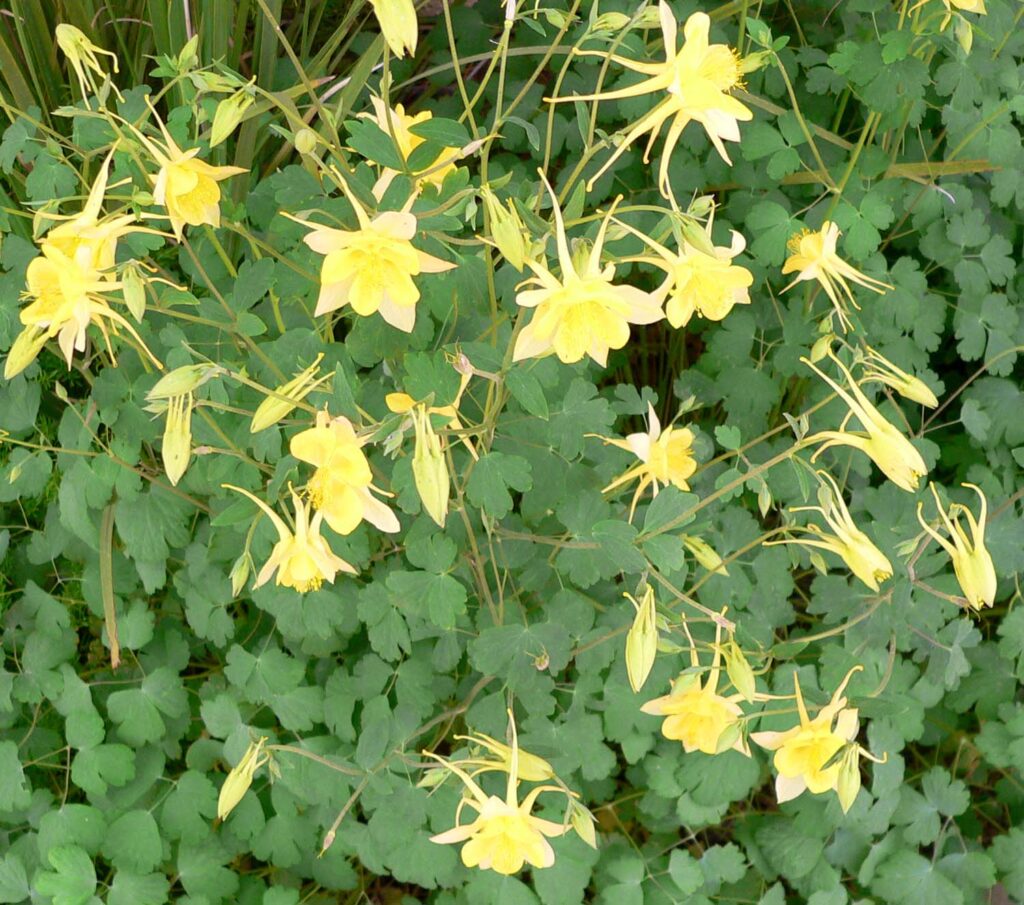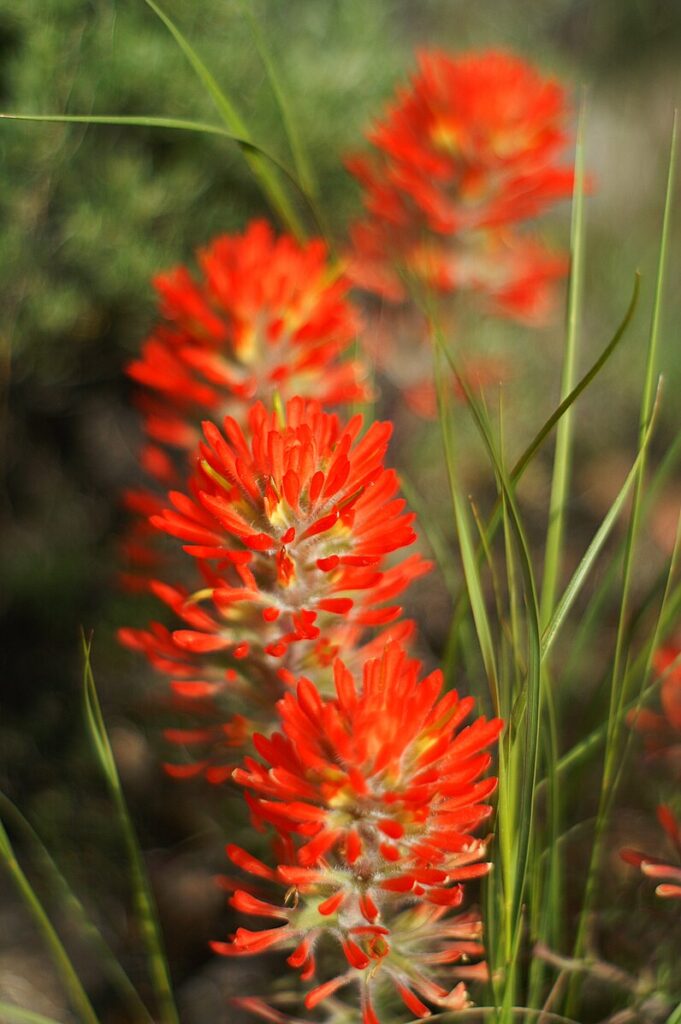Wildflowers of Grand Teton, Part 2

Although our good friend Punxsutawney Phil predicted six more weeks of winter, we’re dreaming of warmer weather and summer hikes. While prime wildflower season in Jackson Hole generally spans from late May through September, there’s no harm in planning ahead to witness these gorgeous summer blooms. This post is a continuation of a post we did last spring.
Sticky Geranium
Geranium viscosissimum
Appearance: Five pinkish-purple petals with darker veins. The plant’s stems and leaves are covered in sticky “hairs,” giving it a slightly adhesive feel.
Where to find it: Thrives below 10,000 feet in open woods and meadows.
Bloom season: June through August.
Fun fact: The sticky geranium is considered protocarnivorous, which means it eats insects. Its sticky hairs can trap bugs that wander too close, which then decompose and provide nutrients to the plant. Yay, nature.

Fireweed
Chamerion angustifolium
Appearance: This tall wildflower showcases striking spikes of magenta to pinkish-purple flowers, with lance-shaped leaves arranged spirally along the stem.
Where to find it: Often colonizes disturbed areas, such as recently burned forests, hence the name “fireweed.”
Bloom season: July through September.
Fun fact: Fireweed’s name comes from the fact that it’s one of the first plants to regrow after a wildfire, playing an important role in soil stabilization and ecosystem recovery. Good job, fireweed.

Western Pasqueflower
Anemone occidentalis
Appearance: Early in the season, it has soft, pale purple petals around a bright yellow center. As the flower matures, it turns into a fluffy seed head that looks like a dandelion puff.
Where to find it: Subalpine meadows and grassy slopes.
Bloom season: As early as April through June.
Fun fact: Also known as the “prairie crocus,” this flower is one of the first signs of spring in the mountains. (The first is probably snow melting.)

Yellow Columbine
Aquilegia flavescens
Appearance: Delicate, nodding yellow flowers with long spurs extending backward, giving it a star-like appearance.
Where to find it: Thrives in moist, shady areas near streams and in alpine meadows.
Bloom season: June through August.
Fun fact: The word “columbine” derives from the Latin word “columbinus,” meaning "dove", because if you squint real hard, the flowers look like a group of birds.

Indian Paintbrush
Castilleja linariifolia
Appearance: Vibrant red to orange leaves that look like (you guessed it) painter’s brush. The actual flowers are small and tubular, nestled within the colorful leaves.
Where to find it: Commonly found across Grand Teton’s meadows and hillsides, especially in well-drained soils.
Bloom season: June through September.
Fun fact: We featured this one last year, but since it's Wyoming’s state flower (since January 31, 1917), we figured it wouldn't hurt to show it again.

This post was brought to you by Flat Creek Inn.
***
Ryan Kunz is a copywriter and freelance writer who writes on a variety of topics, including media, the outdoors, and whatever else strikes his fancy. He's itching to go out and hike some alpine meadows.

